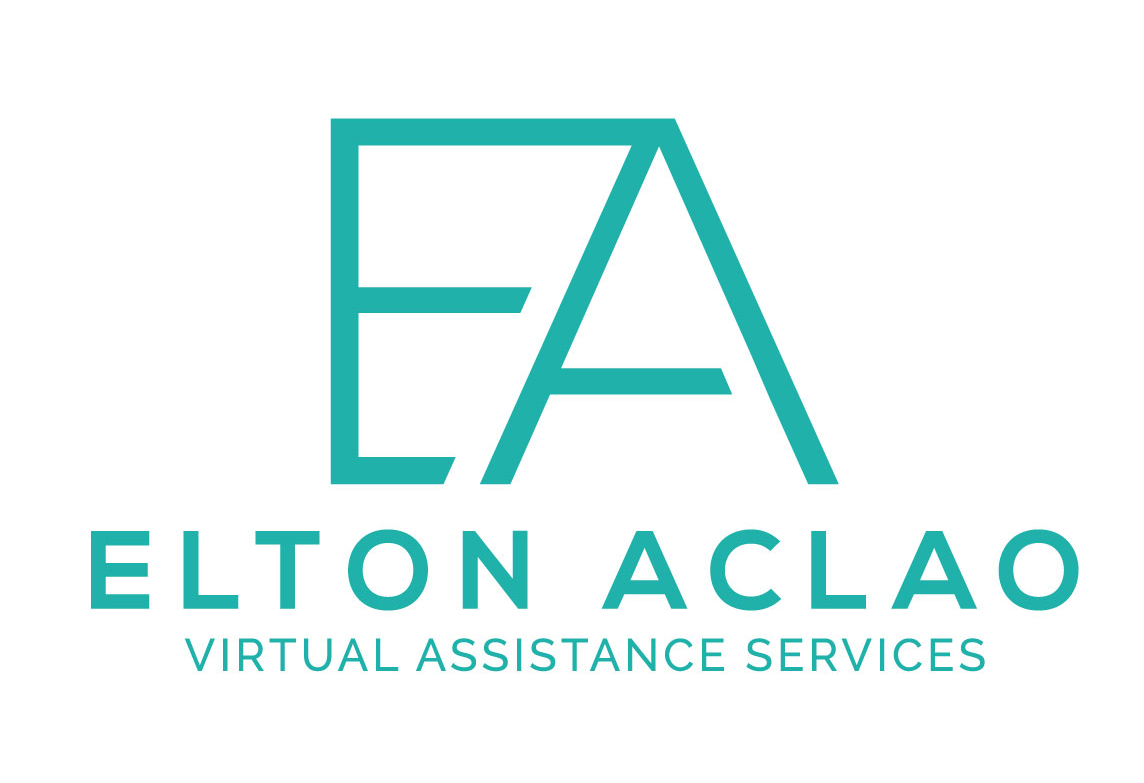You started working remotely as a virtual assistant because you wanted freedom, flexibility, and a better work-life balance. But without clear direction, that freedom can quickly turn into chaos.
Many virtual assistants struggle with overwhelm, burnout, or feeling stuck in repetitive tasks. The solution? Goal setting.
In this guide, we’ll explore why goal setting is a game-changer for virtual assistants, how to do it effectively, and how it can transform not only your daily workflow but your entire career.
Why Goal Setting Is Crucial for Virtual Assistants
Virtual assistants juggle multiple clients, tasks, and deadlines. With so much happening simultaneously, it’s easy to stay busy but not productive. Setting goals ensures that every task contributes to a bigger purpose—your professional growth.
Benefits of Goal Setting for Virtual Assistants
- Clarity: Know what to focus on every day
- Motivation: Stay energized by tracking progress
- Accountability: Measure performance against clear benchmarks
- Confidence: Celebrate wins, no matter how small
- Career Growth: Progress from assistant to specialist or team lead roles
Without goals, it’s easy to just “do the work” without seeing where it’s taking you.
The Types of Goals Virtual Assistants Should Set
1. Daily and Weekly Task Goals
These are your micro-goals. They keep your workflow aligned and manageable.
Examples:
- Clear inboxes by noon daily
- Schedule 5 social media posts per client each week
2. Monthly Performance Goals
Track your output and client satisfaction monthly to refine your process.
Examples:
- Reduce project turnaround time by 15%
- Collect 2 new testimonials by end of month
3. Quarterly Skill Development Goals
Invest in upskilling to increase your value as a VA.
Examples:
- Complete a Canva Pro or Google Workspace certification
- Learn a new CRM like Dubsado or HubSpot
4. Annual Career Goals
Think big—where do you want your virtual assistant career to go?
Examples:
- Transition from general admin to niche VA (e.g., podcast, eCommerce)
- Raise rates by 20%
- Launch a personal website or portfolio

How to Set Smart Goals as a Virtual Assistant
The SMART framework is ideal for virtual assistants looking to set goals with intention.
SMART Goals Explained:
- Specific: Know exactly what you’re working toward
- Measurable: Track your progress clearly
- Achievable: Set realistic yet challenging targets
- Relevant: Align with your long-term vision
- Time-bound: Set deadlines to stay on track
Example: Instead of saying “I want to be better at social media,” set a SMART goal like: “Complete a social media management course and create a content calendar for 2 clients by March 31.”
Goal Setting Tips for Virtual Assistants
Break Big Goals into Smaller Steps
If your goal is to become a specialized podcast VA, break it down:
- Learn audio editing basics
- Build a sample portfolio
- Offer podcast editing services at a discount for testimonials
Track and Reflect Weekly
Use tools like Notion, Trello, or ClickUp to track goals. Reflect weekly:
- What worked?
- What distracted you?
- What should you change?
Celebrate Small Wins
Acknowledging progress builds confidence. Celebrate:
- Landing a new client
- Finishing a course
- Automating a workflow
Align Goals with Client Success
Your growth is tied to theirs. Set goals that add value:
- Improve turnaround time
- Enhance reporting and analytics
- Pitch new tools or systems that streamline their business
How Our Company Supports Virtual Assistants with Goal Setting
At EA Virtual Assistance Services, we don’t just help virtual assistants find jobs—we help you build careers.
Here’s how we support your growth:
- Job matching with clients aligned with your skills and goals
- Ongoing career coaching to help you define and track milestones
- Free access to training resources to help you meet your upskilling goals
- Mentorship opportunities from seasoned VAs and professionals
We believe every virtual assistant deserves a career roadmap that leads to long-term success and fulfillment.
FAQs: Goal Setting for Virtual Assistants
1. I’m new to being a virtual assistant. What goals should I start with?
Start small. Focus on learning tools, improving time management, and building your client base. Set one skill-building goal and one workflow goal per month.
2. How often should I review my goals?
Weekly check-ins and monthly reflections work well. Use quarterly reviews to reset bigger goals.
3. Can I set financial goals too?
Absolutely! Track income, set monthly revenue goals, or work toward rate increases based on performance.
4. What tools help with goal setting?
Trello, Notion, ClickUp, and Google Sheets are all great for goal tracking and task breakdown.
5. What if I don’t reach a goal?
Don’t stress. Reframe it. Reflect on what held you back and adjust your strategy—not your ambition.
Goal Setting Fuels Growth for Virtual Assistants
Whether you’re managing inboxes or running client operations, success as a virtual assistant doesn’t happen by accident—it happens by design. Goal setting empowers you to grow, pivot, and build the remote career you want.
With the right goals, tools, and support, you’re not just checking off tasks. You’re stepping into your next level.
Ready to take control of your virtual assistant journey? Send your resume to recruitment@eavaservices.com your resume or sign up for job alerts. Let’s help you hit your next career milestone.


Leave a Reply